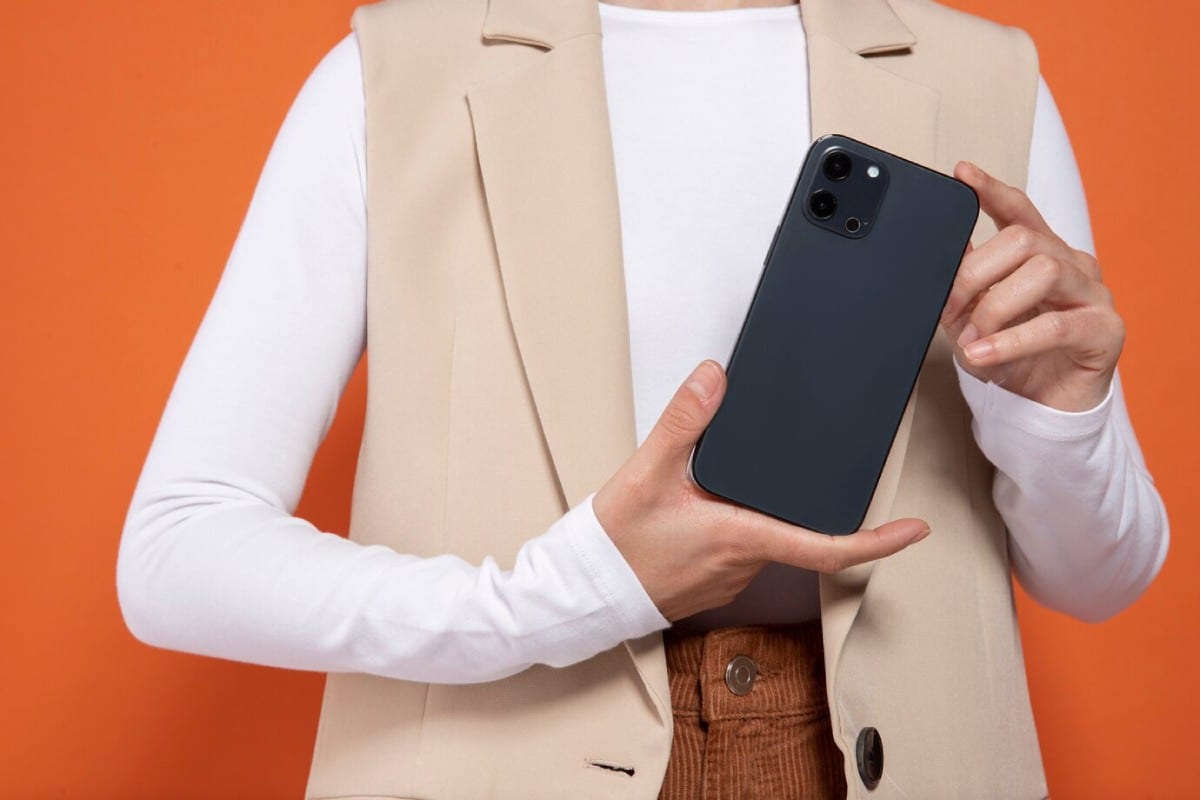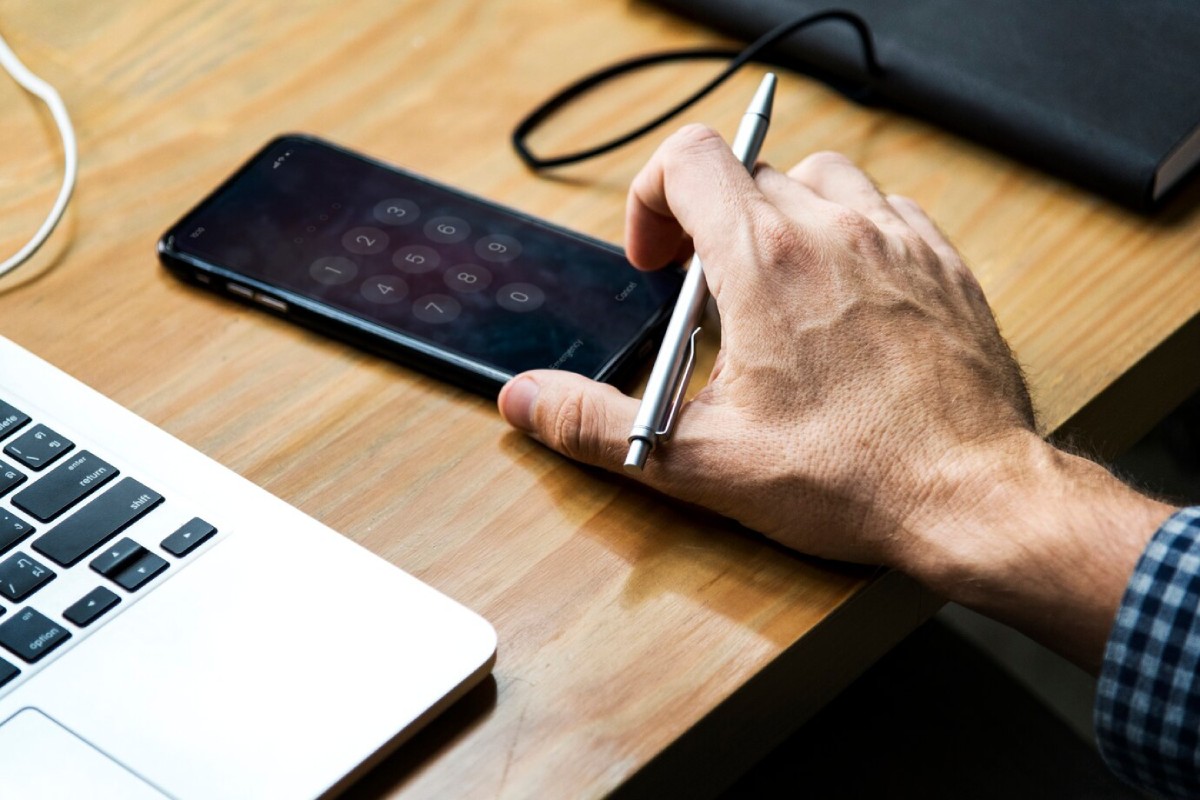
Premium Smartphones: Are They Worth the Price Tag?
You’ve probably seen it — that glitzy advert featuring a sleek new smartphone, all curves and camera lenses, boasting features you didn’t even know existed. The price? A jaw-dropping £1,200 or more. You pause and ask yourself, “Is it really worth it?”
In today’s saturated mobile market, premium smartphones have become the crown jewels of tech brands. But while they dazzle with cutting-edge specs, stunning displays, and status-symbol appeal, not everyone is convinced they’re worth the financial stretch.
This blog explores the true value of premium smartphones, exploring what you actually get for that steep price, whether the benefits of flagship phones justify the cost, and how to weigh their return on investment (ROI) compared to budget or mid-range alternatives.
Whether you’re a tech enthusiast, a practical buyer, or someone stuck between FOMO and frugality, we’ll help you make a more informed — and hopefully more satisfying — choice.
What Defines a Premium Smartphone?

The Flagship Club
A premium smartphone, often called a flagship, is typically a brand’s top-tier offering. Think Apple iPhone Pro Max, Samsung Galaxy S Ultra, Google Pixel Pro, or the OnePlus Pro series. These devices set the tone for performance and innovation.
You’ll usually find:
- Top-of-the-line processors (e.g., Apple A17 Pro, Snapdragon 8 Gen 3)
- Stunning OLED/AMOLED displays with high refresh rates (120Hz+)
- Advanced camera systems with optical zoom and computational photography
- Premium materials like ceramic, stainless steel, or frosted glass
- Extended software support and regular updates
So yes, they’re built to impress. But let’s not confuse that with automatic value.
Price Breakdown: What Are You Really Paying For?
The Cost of Innovation
Innovation doesn’t come cheap. R&D, proprietary chips, camera tech, and high-end materials all contribute to the cost. For example, the per-unit cost to build an iPhone 15 Pro Max is estimated to be over £450, yet it retails closer to £1,200. The rest goes to marketing, software development, logistics, and, of course, profit.
You’re paying for:
- Cutting-edge tech months or years ahead of mid-range phones
- brand
- Ecosystem integration (e.g., Apple’s seamless device syncing)
- After-sales support and long-term updates
But are these features always essential for everyday users?
Who Truly Benefits from a Flagship?

High-Use Professionals
If you rely on your phone for intensive multitasking, video editing, or business communication, then a flagship’s raw power and camera excellence could be well worth it.
Consider:
- Content creators need superior cameras and editing tools
- Mobile gamers requiring ultra-smooth graphics
- Remote workers depend on rock-solid security and processing power
In these cases, premium smartphones offer real-world ROI, saving time and delivering better results.
Everyday Users? Maybe Not
For those mainly using their phones for social media, emails, streaming, and occasional photos, high-end models may be overkill. Many mid-range devices now offer:
- Smooth performance
- Capable cameras
- Decent battery life
Often, the practical difference is marginal — unless you’re pixel-peeping or running demanding apps all day.
The Hidden Perks (and Pitfalls) of Premium Phones

Perks That Can’t Be Ignored
Here are features where flagship phones genuinely shine:
- Display quality: Crisp, bright, and colour-accurate. Ideal for creatives or media lovers.
- Camera capability: Low-light performance, AI enhancements, and cinematic modes.
- Longevity: With better build and extended updates, you may keep the phone for 4–5 years.
- Faster charging and wireless options: Convenient if you’re always on the go.
These aren’t just gimmicks — they improve daily life in subtle yet meaningful ways.
The Downsides No One Talks About
On the flip side:
- Repair costs are sky-high. A cracked screen on an iPhone Pro Max can cost over £300 to fix.
- Battery degradation still happens over time, even on premium models.
- Overcomplexity: Some users find the endless features overwhelming or underused.
- Diminishing returns: You may pay double but only notice a 15–20% improvement in performance.
It’s a classic case of function vs form — are you buying what you need, or what you want to show off?
Real Stories: The Buyer Experience
Story 1: The Power User
Alex, a freelance videographer, swears by his Samsung Galaxy S24 Ultra. He shoots, edits, and uploads videos directly from his phone. “It’s my studio, office, and camera — all in one,” he says. For Alex, the £1,200 price tag is an investment, not a splurge.
Story 2: The Mid-Range Convert
Priya bought the Pixel 7a after years of using flagship devices. “I realised I didn’t need 10X zoom or 1TB storage. I save money, and it still feels premium,” she shares. For her, mid-range now offers the best balance.
Story 3: Regretful Splurge
James bought the iPhone 15 Pro Max out of hype. “Honestly? I mostly use it for WhatsApp and Spotify. I could’ve spent half as much and barely noticed the difference,” he admits. The phone’s performance wasn’t the issue — his usage habits were.
Comparing Long-Term Value
Do Premium Phones Really Last Longer?
In many cases, yes. Premium smartphones often:
- Receive 5+ years of software updates
- Have a stronger resale value
- Use durable materials
But mid-range models are catching up fast. Devices like the Samsung Galaxy A55 or iPhone SE now get decent update timelines and respectable specs.
Depreciation and Resale
Here’s a rough look at depreciation over two years:
| Phone | Original Price | Value After 2 Years | Depreciation Rate |
| iPhone 15 Pro Max | £1,200 | £800 | ~33% |
| Samsung Galaxy A55 | £450 | £250 | ~44% |
| Google Pixel 8 Pro | £999 | £600 | ~40% |
While flagships hold value slightly better, the higher initial cost still makes them less efficient per pound spent.
Budget vs Premium: What You Could Be Missing (Or Not)
| Feature | Budget (£150–£350) | Premium (£900–£1,300) |
| Build Material | Plastic/Metal | Glass/Ceramic |
| Camera Quality | Good | Excellent |
| Display | LCD/Basic AMOLED | High-Res AMOLED (120Hz) |
| Performance | Good for basics | Great for multitasking/gaming |
| Software Updates | 2–3 years | 5+ years |
| Charging | Standard | Fast/Wireless/MagSafe |
| Value ROI | High | Situational |
If you’re not stretching your phone’s limits, you may not be missing much by skipping the flagship.
Practical Questions to Ask Before Buying
- What do I use my phone for 80% of the time?
- Am I buying for performance, status, or longevity?
- Can I afford to repair it if it breaks?
- Is there a mid-range model that meets 90% of my needs?
- Would I be better off spending that extra £500 elsewhere — maybe on noise-cancelling headphones or a tablet?
Reflecting on these can reveal your true tech priorities and steer you toward better financial decisions.
Conclusion: Worth It or Wasteful?
So, are premium smartphones worth the price tag? The answer isn’t a simple yes or no.
If you’re a heavy user, someone who pushes their device to the limit, or values craftsmanship and long-term software support, then yes, flagship phone benefits can pay off in spades.
But if your usage is light, your budget tis ight, or your priorities lie elsewhere, mid-range options offer excellent value without much compromise.
Ultimately, the best phone for you isn’t the one that gets the most “oohs” and “aahs” — it’s the one that fits your lifestyle, budget, and needs without regrets.


